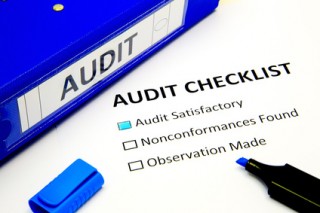
Part of the services I offer is to conduct an audit of the HR systems at a company. Typically this means I review the labor posters, employee files, handbook and policies and procedures. I know, doesn’t sound very exciting. So why am I sharing?
I keep seeing the same mistakes and I want you to avoid these and you can do it yourself (or call me and I will do it) either way, just do it.
Before I get into the how or what you need to do. Let’s briefly discuss the why. Why is it important to do an audit? An audit is based on legal compliance – in other words make sure you are following all the laws that pertain to having employees. I don’t want to scare you and it’s important you understand the implications of not being in compliance – some laws will affect you in the long run and only if an employee files suit. These can cost you time, money and attorney fees. Others are relvealed during an investigation by diffferent government bodies (a complaint doesn’t necessarily have to be filed). The I9 form for instance can results in fines from $100 – $5000 per form (or per employee). That can add us quickly.
So what do you need to do to at least get started?
Here are steps for your own audit
1. Labor posters. They need to be posted in a place where employees can see then and in a location they frequently visit. I usually recommend a break room or copy room. Depends on how your office is set up. Next follow this link for the Federal Poster Requirements (you can also print what you need from here as well) and then you can go to your particular state site (Google your state Department of Labor).
2. Employee files. Unfortunately you cannot keep everything in one file. You may need up to 2 files per person. First, make sure all I9’s are filed together in their own folder or binder. Also ensure they are completed properly and are in a seperate drawer from your employee files. Second, any medical/confidential information should also have it’s own folder by employee. This folder should have any forms or papers that contain medical information (sick notes, health insurance applications, FMLA leave, etc.). Lastly, all the papers that remain stay in the employee file.
3 Handbook review. This is to ensure your policies are current and it has been updated with any changes you may have made over the years. Does you vacation/PTO policy explain when a person is eligible for benefits and how they are earned. Do you give time-off for other circumstances (medical leave, personal leave)? What is the procedure for call off of work? What is the procesure if the office is closed due to weather? The best palce to start is to think about all the circumstances you had to deal with over the last year and determine if it was covered.
This is only a start. You also want to make sure you are classifying employees properly between employee/contractor and exempt/non-exempt.
Do this yourself to get peace of mind or if you’d rather – call me and I can help.
